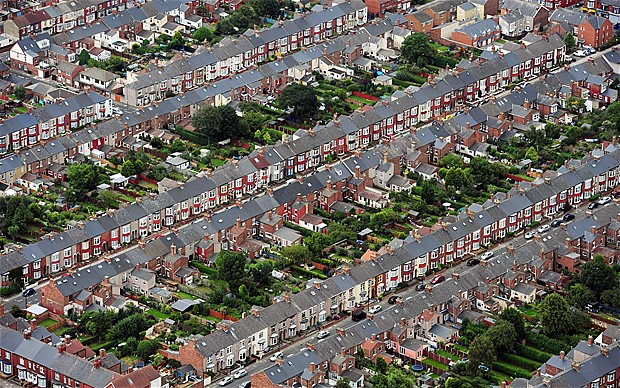According to the insurance company Aviva, millions of young people are expected to find themselves living with their parents over the next decade.
The core reason for this is the affordability of housing, which is increasing more and more.
The study predicts that 3.8 million people aged between 21 and 34 will be living at home by 2025, which is a third more than they are at present.
The amount of houses holding two or more families is also estimated to increase, from 1.5 million to 2.2 million.
The figures are based on the presumption that house prices will carry on increasing at the same level that they have done over the last ten years.
Charlotte Nisbet and her boyfriend Jay Arkell – both 24-year-olds – moved back in with her boyfriend’s parents in East London, as they could not manage to pay the rent by themselves.

Both of them work, but alas they could not afford the £650 a month to rent a one-bedroom flat. As an alternative, they pay £100 each to Jay’s parents.
Charlotte Nisbet says: “it would be nice to have our own space, and not to worry about treading on his parents’ toes.”
She doesn’t foresee being able to get a place of their own in the near future.
“I’m pessimistic. On our current salaries, no way. If we did, we wouldn’t be able to eat out or go on holiday.”
However not everyone is pessimistic about the prospect of sharing their living space with other couples.
Aviva said, “the benefits include having company, cheaper living costs, and more hands to do the chores.”
Managing Director of Personal Lines at Aviva UK, Lindsey Rix said: “Multigenerational living is often seen as a necessity rather than a choice, particularly when adults are forced to move back in with family to help save for long-term goals like buying their own house.”
“But rather than being an inconvenience, our report shows it is often a positive experience, with shared living costs reducing financial strain and the added benefit of constant company.”
Statistics from the 2011 survey display that 1.1 million households in England and Wales were officially overcrowded.
In London 11.3% of all homes were overcrowded, increasing to 25% in the London borough of Newham, the worst affected area in the country.

































